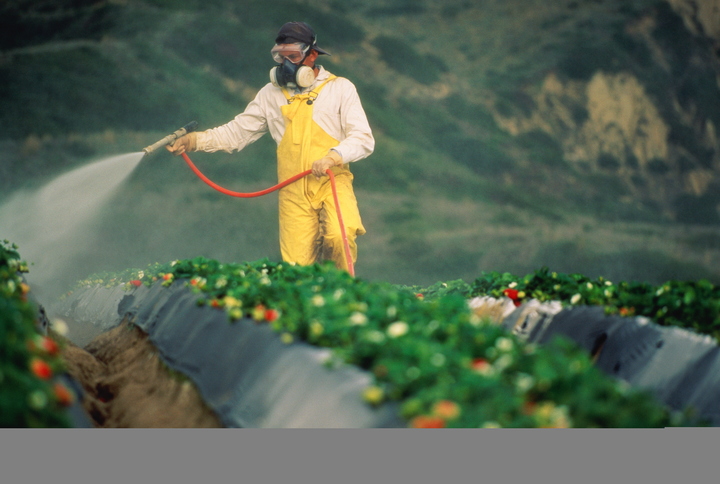
The Food and Drug Administration (FDA) has resumed its first-ever endeavor to evaluate how much of a controversial chemical is making its way into the U.S. food supply. And the tests can’t come soon enough as safety concerns about the herbicide known as glyphosate grow.
The FDA, the nation’s chief food safety regulator, launched what it calls a “special assignment” last year to analyze certain foods for glyphosate residues after the agency was criticized by the U.S. Government Accountability Office for failing to include glyphosate in annual testing programs that look for many less-used pesticides in foods. But the agency scuttled the testing after only a few months amid disagreement and difficulties with establishing a standard methodology to use across the agency’s multiple U.S. laboratories, according to FDA sources.
Many observers suspected the suspension might be politically motivated because it came after one FDA chemist found glyphosate in several samples of U.S. honey and oatmeal products, including baby food. As well, private organizations have detectedglyphosate residues in an array of food products. In April the Canadian Food Inspection Agency reported that it found glyphosate residues – mostly in small amounts – in roughly 30 percent of foods it tested. The U.S. Department of Agriculture had intended to start testing some food samples for glyphosate in April of this year, agency documents obtained through Freedom of Information Act requests show. But the agency decided to abandon that plan.
Sources inside the FDA said agency glyphosate testing resumed in early June and FDA spokeswoman Megan McSeveney confirmed the news this week. Alongside the testing for glyphosate, the FDA laboratories have also said they were analyzing foods for 2,4-D and other “acid herbicides.” Chemical company players have started combining 2,4-D and the herbicide dicamba with glyphosate in new weed-killing products and use is expected to rise, so tracking residues in food is important. But the FDA has provided few details about any of the testing, and what is known has mostly been learned through internal documents obtained through Freedom of Information requests.
Glyphosate is the most widely used herbicide in the world, and is the key ingredient in Monsanto Co.’s branded Roundup herbicides. It has been classified as a probable human carcinogen by the World Health Organization’s International Agency for Research on Cancer (IARC), which said that years of research on the chemical shows evidence of genotoxicity and oxidative stress from glyphosate, including findings of DNA damage in the peripheral blood of exposed humans. But U.S. and other many other regulatory bodies have said there is not sufficient evidence to support that view.
